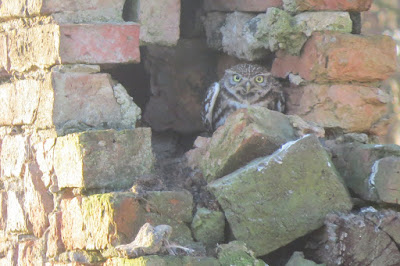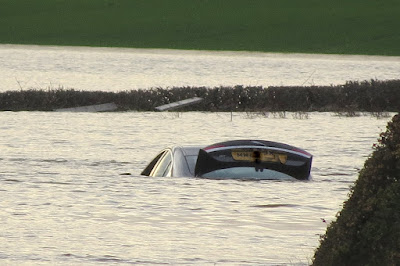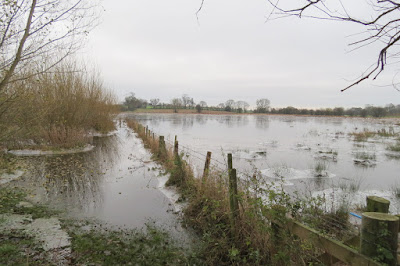A final walk around the parish to try and add any last
species to the year list. No luck but glorious winter light this morning.
Interesting light effect over Richmond too:
A nice, if distant, flock of around 50 Lesser Redpoll near
the school,
three Great Spotted Woodpeckers, on the floods a Little
Egret, half a dozen Wigeon, 300 odd Greylags and a Great Black-backed Gull
(only my second of the year). Less happily found this shot Snipe washed up on
the edge of the floods.


















































